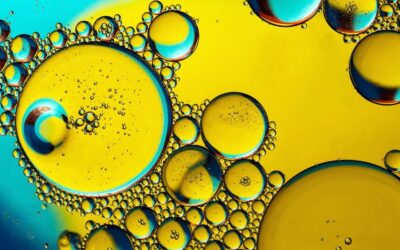 Reliable joining of metal–ceramic compounds is– among other applications– essential in solid oxide fuel cell technology, in gas separation systems based on ion conducting ceramics for oxyfuel power plants and chemical industry as well as in medical implants. In the first two cases, the joined components are operated at temperatures up to 850°C imposing serious thermo-mechanical loadings arising from thermal mismatch of the joining partners, temperature gradients, and temperature transients during start–stop cycles. Furthermore, the components are operated under chemical environments promoting oxidation and interdiffusion processes, which can seriously accelerate damage.
Reliable joining of metal–ceramic compounds is– among other applications– essential in solid oxide fuel cell technology, in gas separation systems based on ion conducting ceramics for oxyfuel power plants and chemical industry as well as in medical implants. In the first two cases, the joined components are operated at temperatures up to 850°C imposing serious thermo-mechanical loadings arising from thermal mismatch of the joining partners, temperature gradients, and temperature transients during start–stop cycles. Furthermore, the components are operated under chemical environments promoting oxidation and interdiffusion processes, which can seriously accelerate damage.
Only adhesive joints can fulfill the requirements of thermal mismatch strain accommodation and gas tightness at economically reasonable costs. Because classical welding processes are not an option in joining ceramics, brazing using glasses, glass ceramics, and metals has been investigated in detail during the last decades to meet the abovementioned challenges. Glass and glass ceramics-based brazes provide excellent gas tightness in the initial state and are stable during long-term operation, but suffer from low ductility making them inappropriate for application in systems under going start–stop cycles such as SOFCs in automotive application. Metal-/metal oxide-based brazes, so called reactive air brazes (RAB), are promising candidates for thermo-mechanically loaded metal/ceramic joints.
This recent special issue of Advanced Engineering Materials guest-edited by B. Kuhn and T. Beck contains 12 papers and is dedicated to the broad scope of research activities covered by the partners of the DFG project “Reactive Air Brazing of Metal/Ceramic Joints (PAK 524)”and by further RAB specialists from Europe and the United States.
Read selected articles for free:
In this Full Paper by V. V. Joshi et al. nickel alloys were heat treated to form an oxide layer prior to reactive air brazing joining to zirconia-toughened alumina.
In this Full Paper by S. Wiesner et al. ceramic/metal joints with unadapted thermal expansion behavior were joined by reactive air brazing.
In this Full Paper A. Kaletsch et al. show that long-term application of reactive air brazed BSCF/AISI314-joints at elevated temperatures lead to a decrease of the joint strength.













